
Yellow Springs is a village in Greene County, Ohio, United States. The population was 3,697 at the 2020 census. It is part of the Dayton Metropolitan Statistical Area. It is home to Antioch College.

Antioch University is a private university with multiple campuses in the United States and online programs. Founded in 1852 as Antioch College, its first president was politician, abolitionist, and education reformer Horace Mann. It changed its name to Antioch University in 1977 to reflect its growth across the country into numerous graduate education programs. It now operates four campuses located in three states, as well as an online division and the Graduate School of Leadership and Change. All campuses of the university are regionally accredited by the Higher Learning Commission. Campuses are located in Los Angeles, California; Santa Barbara, California; Keene, New Hampshire; and, Seattle, Washington. Additionally, Antioch University houses two institution-wide programs, the Graduate School of Leadership and Change and Antioch University Online. Antioch University suspended operations of Antioch College in 2008, and later sold the campus and a license to use the name "Antioch College" to a new and independent non-profit corporation in 2009. Since then, the college has had no affiliation with the university.

Felician University is a private Catholic university with two campuses in New Jersey, one in Lodi and one in Rutherford. It was founded as the Immaculate Conception Normal School by the Felician Sisters in 1923 and the school has changed names several times in its history, most recently in 2015 to Felician University. In 2016-17 enrollment was 1,996, with undergraduates comprising around 1,626 students. 21 percent are men, and 79 percent are women.

Pepperdine University is a private research university affiliated with the Churches of Christ with its main campus in Los Angeles County, California. Pepperdine's main campus consists of 830 acres overlooking the Pacific Ocean and the Pacific Coast Highway near Malibu, California. Founded by entrepreneur George Pepperdine in South Los Angeles in 1937, the school expanded to Malibu in 1972. Courses are now taught at a main Malibu campus, three graduate campuses in Southern California, a center in Washington, DC, and international campuses in Buenos Aires, Argentina; London, United Kingdom; Heidelberg, Germany; Florence, Italy; and Lausanne, Switzerland.
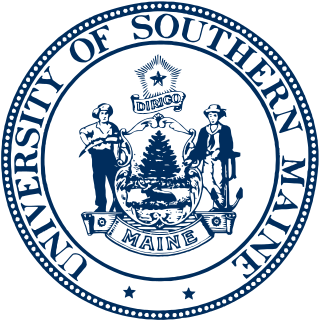
The University of Southern Maine (USM) is a public university with campuses in Portland, Gorham and Lewiston in the U.S. state of Maine. It is the southernmost of the University of Maine System. It was founded as two separate state universities, Gorham Normal School and Portland University. The two universities, later known as Gorham State College and the University of Maine at Portland, were combined in 1970 to help streamline the public university system in Maine and eventually expanded by adding the Lewiston campus in 1988.
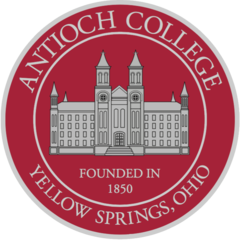
Antioch College is a private liberal arts college in Yellow Springs, Ohio. Founded in 1850 by the Christian Connection, the college began operating in 1852 as a non-sectarian institution; politician and education reformer Horace Mann was its first president.
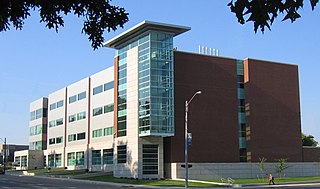
The University of Tennessee Health Science Center (UTHSC) is a public medical school in Memphis, Tennessee. It includes the Colleges of Health Professions, Dentistry, Graduate Health Sciences, Medicine, Nursing, and Pharmacy. Since 1911, the University of Tennessee Health Science Center has educated nearly 57,000 health care professionals. As of 2010, U.S. News & World Report ranked the College of Pharmacy 17th among American pharmacy schools.
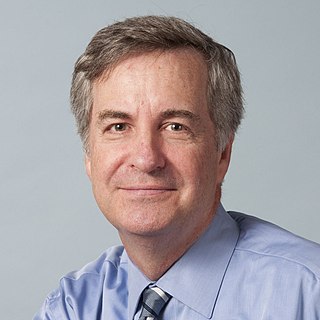
Mark Roosevelt is an American academic administrator and politician serving as the seventh president of the Santa Fe campus of St. John's College. He was the President of Antioch College from January 2011 to December 2015 and superintendent of the Pittsburgh Public Schools, the second largest school district in Pennsylvania, until December 31, 2010. He served as a state legislator in the Massachusetts House of Representatives and was the Democratic nominee for governor in the 1994 Massachusetts gubernatorial election. Roosevelt is the great-grandson of Theodore Roosevelt.

Franconia College was a small experimental liberal arts college in Franconia, New Hampshire, United States. It opened in 1963 in Dow Academy and the site of the Forest Hills Hotel on Agassiz Road, and closed in 1978, after years of declining enrollment and increasing financial difficulties.

Cégep de la Gaspésie et des Îles is a bilingual college of general and vocational education, with an English section, in Gaspé, Quebec, Canada. The CEGEP is affiliated with the ACCC, and CCAA.

Antioch University New England is a private graduate school located in Keene, New Hampshire, United States. It is part of the Antioch University system, a private, non-profit, 501(c)(3) institution that includes campuses in Seattle, Washington; Los Angeles, California; and Santa Barbara, California. It is accredited by the Higher Learning Commission. The most well-known campus was Antioch College in Yellow Springs, Ohio, which is now independent of the Antioch University system.

Antioch University Seattle (AUS) is a private, nonprofit liberal arts university founded in 1975 and located in Seattle, Washington. It is part of the Antioch University system that includes campuses in Keene, New Hampshire; Santa Barbara, California; Los Angeles, California; and Yellow Springs, Ohio, also home to Antioch College.
David Sobel is an American educator and academic, responsible for developing the philosophy of place-based education. He has written extensively on the topic in books and numerous articles. He is currently a Core Faculty member and Director of Certificate Programs at Antioch University New England.

Antioch University Midwest (AUM) was the name of a campus of a private institution of higher education serving adult students in Yellow Springs, Ohio. Previously the campus was named "Antioch University McGregor" after the management professor and theorist Douglas McGregor, who served as the President of Antioch College from 1948 to 1954. On June 12, 2010, the campus was officially renamed "Antioch University Midwest."
Grace Cavalieri is an American poet, playwright, and radio host of the Library of Congress program The Poet and the Poem. In 2019, she was appointed the tenth Poet Laureate of Maryland.
Antioch College/West (AUW) was located in San Francisco, California. Meetings among staff and students at Antioch College in Yellow Springs, OH began in about 1971 discussing the idea of a University Without Walls program in SF to be known as Antioch College/West. Antioch College/West was the precursor to programs that later included many campuses formed by Antioch University in San Francisco, California. It was one of many campuses formed by Antioch University, a national university, which had its genesis with Antioch College in Yellow Springs, Ohio in 1852. The San Francisco campus closed in July, 1989. The current campuses include Antioch University New England, Antioch University Midwest,, Antioch University Los Angeles, Antioch University Santa Barbara and Antioch University Seattle. Antioch College was closed financial reasons effective June 30, 2008. On September 4, 2009, the college's assets were transferred to an independent corporation known as Antioch College Continuation Corporation (ACCC). ACCC reopened the College as an independent institution in the fall of 2011. It operates under the name "Antioch College" by virtue of a license from Antioch University.
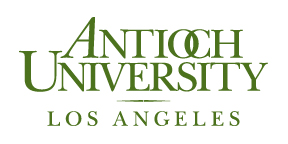
Antioch University Los Angeles (AULA) is a campus of Antioch University in Culver City, California.
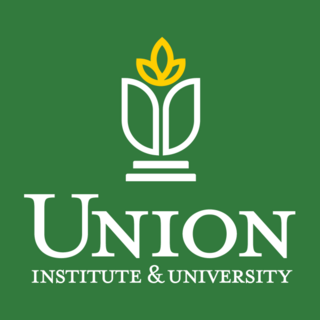
Union Institute & University (UI&U) is a private university in Cincinnati, Ohio. It specializes in limited residence and distance learning programs. The university is accredited by the Higher Learning Commission and operates satellite campuses in Florida and California.
Algo Donmyer Henderson was an educator, administrator, and author. He served as the president of Antioch College and is associated with their shared governance model. He was a chief planner of the State University of New York.














